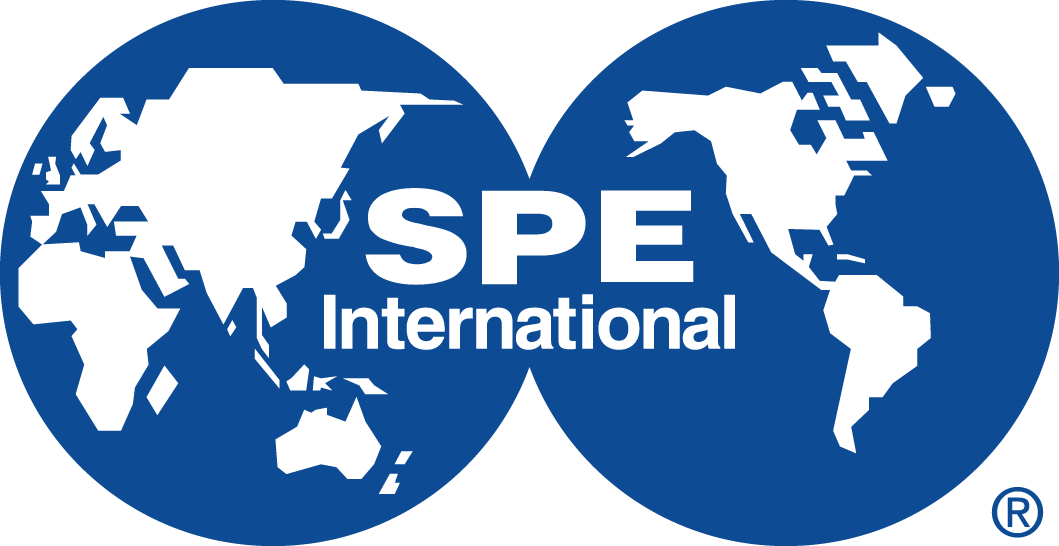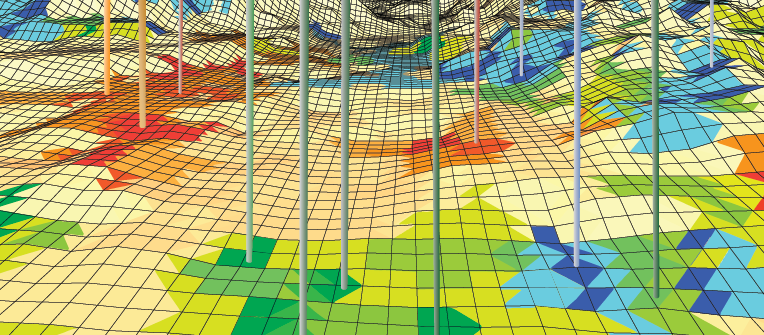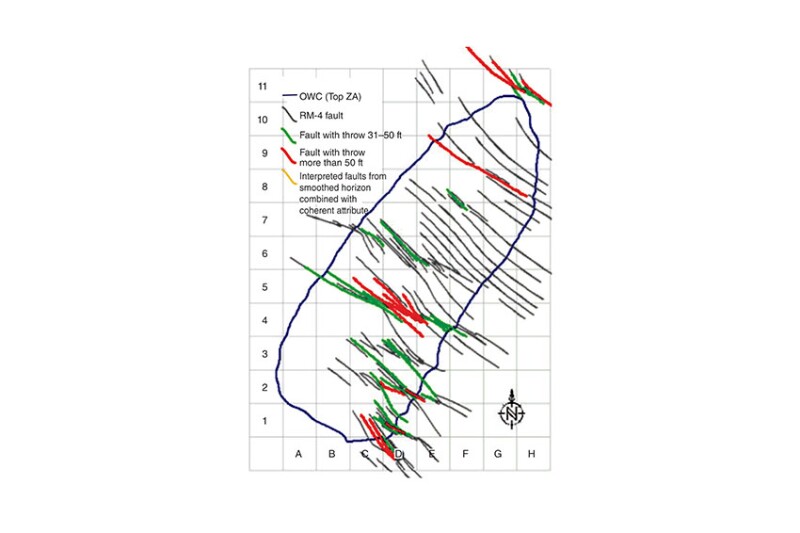Ahead of attending this exciting conference, make sure you stay up to date with the latest industry insights across the oil and gas industry.
Industry Insights
Discover the latest news, resources, shared expertise for reservoir professionals.
Featured JPT Reservoir Articles
Physics-Informed Deep-Learning Models Improve Forecast Scalability, Reliability
This paper presents a workflow that combines probabilistic modeling and deep-learning models trained on an ensemble of physics models to improve scalability and reliability for shale and tight-reservoir forecasting.
Data-Analytics-Driven Sectorization Review Enables Efficient Reservoir Management
This paper discusses the approach used to sectorize a mature giant carbonate reservoir located onshore Abu Dhabi for the purposes of reservoir management, offtake, and injection balancing
Production-Enhancement-Candidate Screening Powered by ML Unlocks Brownfield Potential
This paper presents the processes of identifying production enhancement opportunities, as well as the methodology used to identify underperforming candidates and analyze well-integrity issues, in a brownfield offshore Malaysia.
Latest News on Reservoir
Reservoir Simulation Training Course
Upon completion of this module, the participant should be able to define reservoir simulation objectives, define simulator geometry and dimensions, and assign flow equations to the proposed model, define simulator grid and boundary conditions, compile reservoir model input parameters, develop finite-difference approximations to solve the flow equations, plan numerical simulation computer runs and interpret the results, and use simulation results to determine the optimum exploitation scheme.












